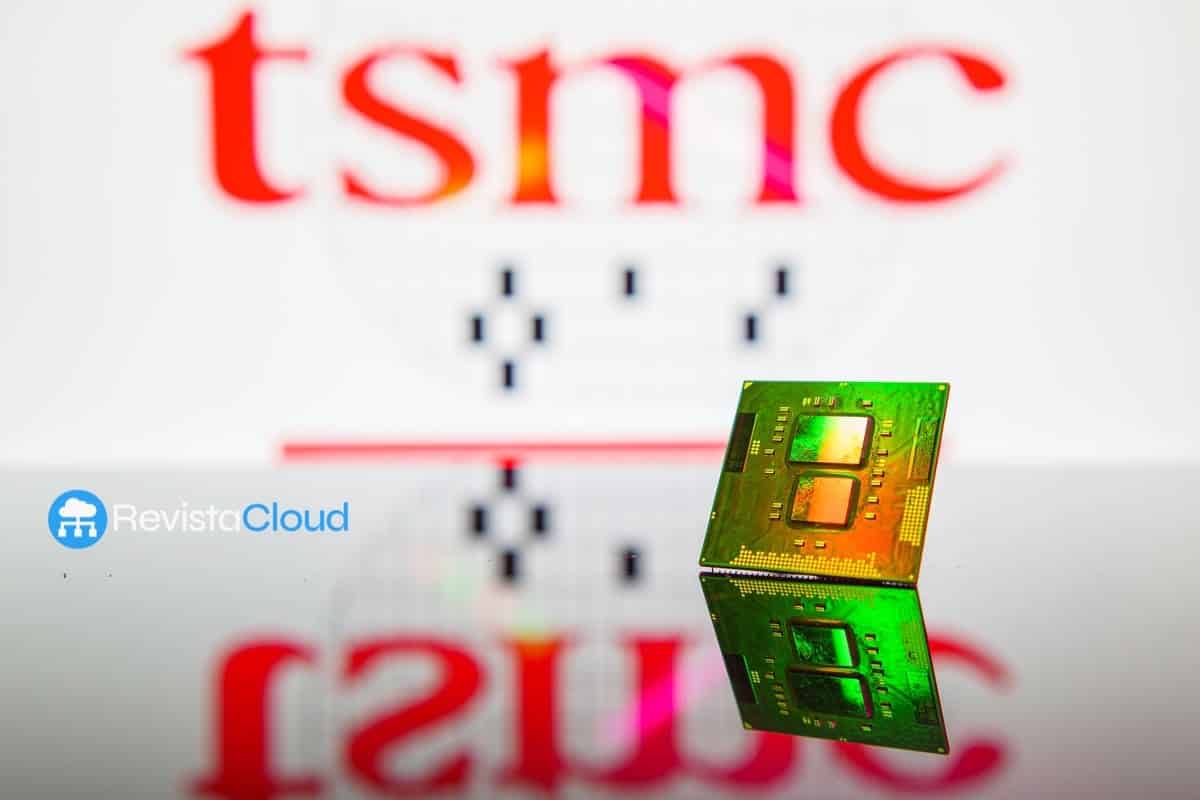Taiwan Semiconductor Manufacturing Company (TSMC) has unveiled its latest technological gem, the A14 process, at its North America Technology Symposium. This advancement, which represents a significant evolution from the already leading N2 process, promises to power the next generation of artificial intelligence applications, smartphones, autonomous vehicles, and the Internet of Things (IoT).
Designed to combine greater computational power with superior energy efficiency, the A14 process will enter production in 2028 and is already showing advanced yields ahead of the initially projected timelines.
A14: A Decisive Technical Leap
According to TSMC, the A14 process will offer up to a 15% speed improvement at the same power consumption or, alternatively, a 30% reduction in energy consumption at the same performance. Additionally, it will increase logic density by over 20% compared to N2.
To achieve this, TSMC has evolved its NanoFlex™ architecture to the NanoFlex™ Pro version, further enhancing the balance between performance, energy efficiency, and design flexibility.
“Our customers are always looking to the future, and we provide them with the most robust path for their innovation,” said TSMC President and CEO Dr. C.C. Wei. “With technologies like A14, we connect the physical and digital worlds to advance the future of AI.”
Solutions Beyond A14: CoWoS, SoW-X, and the HPC Challenge
In addition to the A14 announcement, TSMC presented advancements in other key technological areas:
CoWoS® (Chip on Wafer on Substrate): In 2027, TSMC will expand this technology to a 9.5 grid size, allowing the packaging of 12 HBM stacks or more alongside its next-generation logic.
- System-on-Wafer (SoW-X): A CoWoS-based solution that will offer 40 times the computing power of the current CoWoS, also projected for production in 2027.
Additionally, TSMC is driving the integration of silicon photonics (COUPE™), logic bases for HBM4, and new integrated voltage regulators, which are essential for the future of artificial intelligence computing.
Smartphones, Cars, and IoT Devices: Accelerating Digital Transformation
TSMC also updated its roadmap for strategic sectors:
Smartphones: With its N4C RF technology, which offers a 30% reduction in consumption and area compared to N6RF+, the company aims to lead the market for high-speed connectivity needed for standards like WiFi 8 and AI-enhanced wireless stereo systems.
Automotive: The N3A process is in the final certification phase for automotive applications, meeting stringent quality and reliability requirements for ADAS systems and autonomous vehicles.
- Internet of Things: After launching its ultra-low power N6e process, TSMC now targets the N4e to further enhance the energy efficiency of edge AI devices.
A Global Innovation Strategy
With over 2,500 attendees at its North America Symposium, TSMC reinforces its position as a technology leader, not only in semiconductors but also as a driver of innovation ecosystems. During the event, alongside technical talks, startups were able to showcase their projects in an “Innovation Zone” designed to connect disruptive ideas with potential investors.
This event marks the beginning of a series of TSMC technology symposiums that will travel around the world in the coming months, consolidating its leadership and anticipating the needs of the next generation of digital industries.

